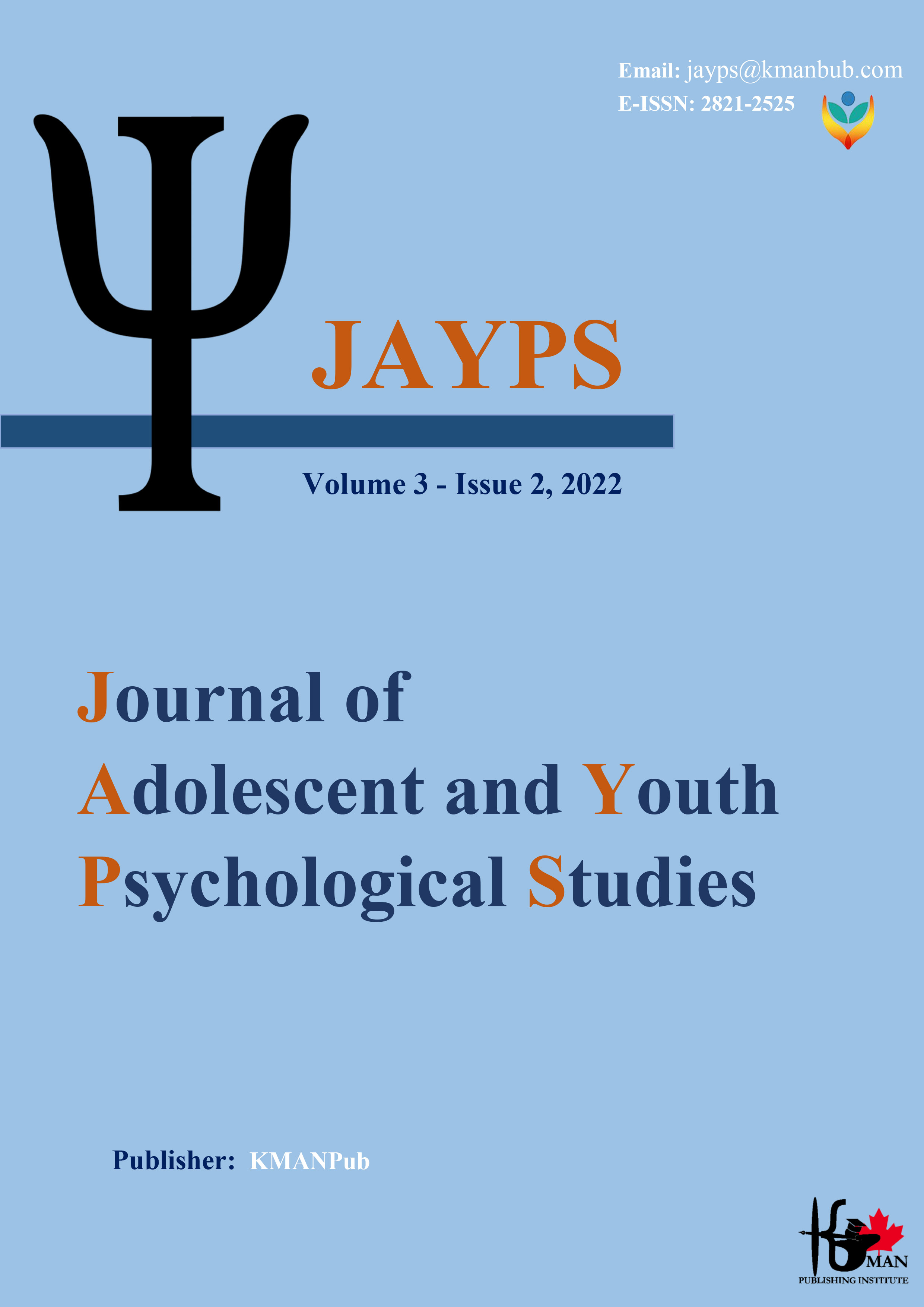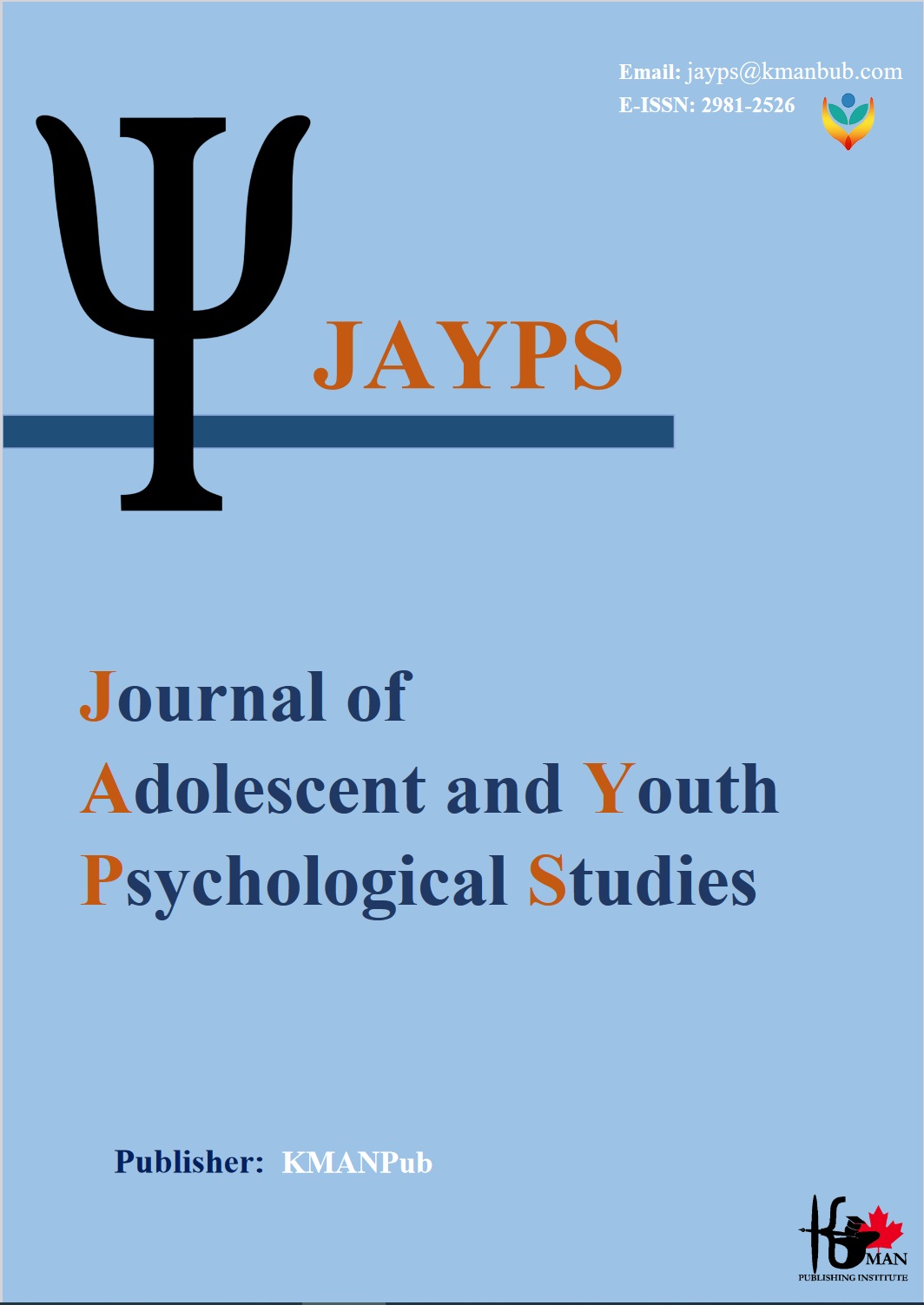Prediction of self-injurious behaviors based on parent-child relationship and emotional regulation in adolescents
DOI:
https://doi.org/10.61838/kman.jayps.3.2.17Keywords:
self-injurious behaviors, parent-child relationship, emotional regulationAbstract
Background and Aim: Adolescence is an important period of human development that is accompanied by biological-neurological, hormonal, physiological and social changes. During this period, teenagers deal with many stressful factors. The present study was conducted with the aim of predicting self-injurious behaviors based on parent-child relationship and emotional regulation in adolescents. Methods: The present study method was descriptive-correlation. The statistical population of this research was formed by students of the second period of high school in Tehran in the academic year of 2020-21. The sample size was estimated to be 280 people based on Kramer's method and they were selected by cluster random method. The sample subjects completed three questionnaires: Deliberate Self-Injury (DSHI), Parent-Child Relationship Assessment (PCRS) and Cognitive Regulation of Emotion (CERQ). Multiple regression analysis was used to analyze the data. Results: It was indicated that father/child relationship negatively and significantly predicts self-injurious behaviors (P<0.001). Adaptive strategies of cognitive regulation of emotion negatively and non-adaptive strategies of cognitive regulation of emotion positively and significantly predict self-injury behaviors (P<0.001). Conclusion: Based on the results, it can be concluded that in order to prevent and control the self-injurious behaviors of teenagers, it is necessary to pay attention to the parent-child relationship and emotional regulation.
Downloads
Downloads
Published
Issue
Section
License

This work is licensed under a Creative Commons Attribution-NonCommercial 4.0 International License.







